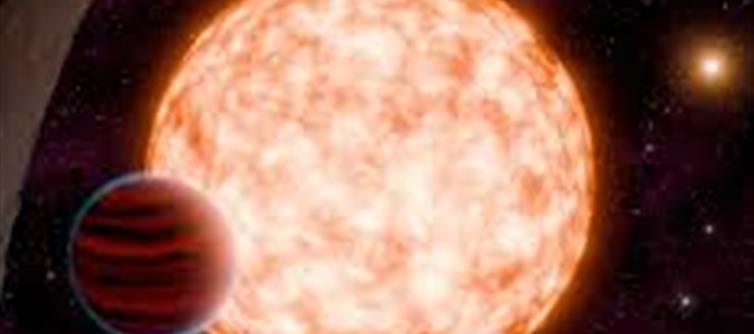
In a groundbreaking discovery, astronomers have directly observed a young protoplanet—named WISPIT 2b—embedded within a swirling ring of dust and gas around a young star. This marks the first time a planet has been directly photographed inside the disk gaps where scientists believe planets are born, offering an unprecedented glimpse into the earliest stages of planet formation.
1. From a Tiny Dot to a Young World
Initially, what appeared as a tiny dot in the vastness of space has now been confirmed as a protoplanet — a planet in the making. Unlike the fully formed planets we know in our solar system, WISPIT 2b is astonishingly young, estimated to be roughly 1,000 times younger than Earth. This means it’s still in the infancy stage of its evolution, providing researchers with a rare opportunity to study how planets come to life.
2. Nestled in a Cosmic Nursery
WISPIT 2b resides in a ring-shaped gap within the protoplanetary disk—a dense, rotating cloud of dust and gas surrounding a newborn star. These gaps have long been theorized as the birthplace of planets, carved out as the young worlds gather material and clear their orbits. The direct imaging of WISPIT 2b in this gap confirms these theories and gives scientists a real-world snapshot of planetary birth in action.
3. How Was This Discovery Made?
Using cutting-edge telescopes equipped with advanced imaging technologies, the research team was able to isolate and capture detailed images of the protoplanet. The clarity of the observations was crucial because young planets like WISPIT 2b are typically hidden by the thick clouds of dust and gas in their stellar nurseries.
4. Why This Discovery Matters
Studying WISPIT 2b opens a window into understanding:
· Planet formation processes: By observing a planet so young, astronomers can learn how dust and gas clump together to form larger bodies.
· Early planetary atmospheres: The characteristics of WISPIT 2b’s atmosphere can offer clues about the chemical environments present during the earliest stages of planet development.
· Solar system origins: Insights gained can help scientists better understand how Earth and other planets in our solar system came to be.
5. Future Prospects and Exploration
This discovery paves the way for future observations with even more powerful telescopes, like the james Webb Space Telescope, which can provide more in-depth analysis of young planets and their environments. Continued research will help unravel the mysteries of how planets evolve from tiny cosmic dust grains to habitable worlds.
Final Thought
What began as a mere speck of light has now unveiled one of the universe’s most fascinating processes—the birth of a planet. WISPIT 2b isn’t just a dot; it’s a symbol of cosmic beginnings and the endless journey of discovery that lies ahead.
Disclaimer:
The views and opinions expressed in this article are those of the author and do not necessarily reflect the official policy or position of any agency, organization, employer, or company. All information provided is for general informational purposes only. While every effort has been made to ensure accuracy, we make no representations or warranties of any kind, express or implied, about the completeness, reliability, or suitability of the information contained herein. Readers are advised to verify facts and seek professional advice where necessary. Any reliance placed on such information is strictly at the reader’s own risk..jpg)




 click and follow Indiaherald WhatsApp channel
click and follow Indiaherald WhatsApp channel